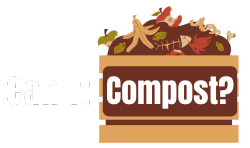Can I Compost Houseplant Trimmings?
Houseplant trimmings are generally safe and beneficial additions to your compost pile, enriching the soil with nutrients.


Sourced & Cited
Composting houseplant trimmings is a great way to recycle your plant waste and improve your compost's quality. These trimmings, depending on the plant, can add valuable nutrients to your compost. Just remember to be mindful of any potential risks.
Compost Classification
Green (Nitrogen-rich): Most houseplant trimmings are green because they contain high moisture content that aids in the decomposition process. This helps keep your compost pile balanced and prevents it from becoming too dry.
🌱 Key Nutrients
This item contributes the following nutrients to your compost:
Nitrogen (N)
🏷️ Tags
Important characteristics to know about this item:
Breaks Down Slowly Pest Attraction Risk Odor Risk Adds Key Nutrients
⚠️ Potential Risks
- Pest infestation: Some houseplant trimmings might harbor insects or their eggs.
- Disease transmission: Infected plants could introduce pathogens to the compost.
- Uneven decomposition: Thick stems or woody parts might decompose slowly, potentially causing odor issues.
💡 Best Practices
- Chop larger stems and leaves into 1-inch pieces for faster decomposition.
- Mix them well with brown materials (like dried leaves or shredded paper) to maintain a proper carbon-to-nitrogen ratio.
- Avoid adding diseased or pest-infested plants.
- Bury deeply larger, woodier pieces to avoid attracting pests.
